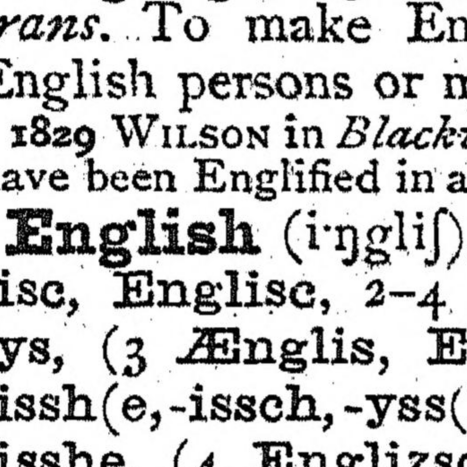The em dash is called the em dash because on old typewriters it was as long as an M. Why do I feel closer to this punctuation mark than the others? It could be partly because I ignored it for so long that it is the last punctuation mark that I got to know, and when I found it, I learned that it could do the work of several other punctuation marks, especially my archrival, the semicolon!
I mean, semicolons have their place. In my opinion, two places: lists within lists can be indicated with semicolons, and when you want to show your English teacher that you were listening in class. That’s about it.
I was taught that if I want to show that two independent clauses (an independent clause is a complete simple sentence) have a stronger connect than just being right next to each other, we can add a semicolon. And then they proceeded to show us examples of full, complex, sentences with semicolons between them. So, they weren’t wrong, but they could have just said that they link two sentences to show a stronger connection–other specific syntactic units have nothing to do with it.
See what I did there? I used an em dash where a semicolon would have been. If you don’t know where it is on your keyboard and your app doesn’t make it automatically when you write a double dash, then a double dash (–) will do fine.
If you are among the continentally-challenged users of English, you may use a single dash ( - ) to achieve the same thing as a double dash. If you use the en dash, leave a space before and after the dash, but not with the em dash.
The em dash can also replace (parenthesis) or commas to set apart a phrase in the middle of a sentence.
“My best friend—the one who moved to Australia last year—just sent me a postcard.”
So, we’ve now replaced the semicolon, parenthesis and commas in at least some of their uses. We’re coming for you now, ellipsis.
The ellipsis (…) does a lot of things: omission, pause, cutting off a sentence part way through, and suspense. The em dash can be used for all but omission. So, if you leave out some text from the middle of a sentence, replace it with an ellipsis, but otherwise, you may want to use the em dash. When constructing an ellipsis, shalt thou count to three, no more, no less. Three shall be the number thou shalt count, and the number of the counting shall be three. Four shalt thou not count, neither count thou two, excepting that thou then proceed to three.
When using an em dash to cut off a sentence, it comes across as a bit more harsh. “If I have to come in there again–” When you want it to kind of trail off more gently, maybe an ellipsis is called for. “But I thought Christie was…”
I’ve seen them replace quotation marks and colons, but that’s not something I do with them.
I would be happy just to have them rid us of the semicolon and Kurt Vonnegut agrees with me. He said, “Here is a lesson in creative writing. First rule: Do not use semicolons… All they do is show you’ve been to college.”
Thoughts?


Imo, it isn’t. Choosing between the semicolon and em dash depends on who your audience is and what impression you’re trying to give them, like using connotation to steer the reader’s emotional response–but with punctuation instead of words. It’s a tool in a toolbox that can do some of the same things as semicolons or ellipses, but the fit might be a little different. Using the best fit tool is up to the writer/crafter.
Here’s an example:
“It’s about time the coffee finished brewing; I’ve been waiting for 15 minutes!”
vs.
“It’s about time the coffee finished brewing–I’ve been waiting for 15 minutes!”
Using the semicolon makes the person complainng about having to wait for coffee sound like a whiner, but the em dash makes it a less serious statement like you’d use to draw someone into small talk.
I agree with the idea that these are choices from the punctuation toolbox, but I’m not feeling any difference in tone in your example. Perhaps this is a regional difference (I’m from the UK)? Does a semi-colon connote greater seriousness than a dash?
Another option would be a colon there:
That’s what I’d probably end up writing; more or less serious than a dash?
Could be regional, could be that I’m just a weirdo about punctuation. 😅 The colon reads different to me. It’s not more/less serious than a semicolon or em dash, it just stresses the causality/sequence of the situation. The speaker is impatient for coffee, and it’s because the coffee maker has taken 15 minutes so far to heat water and spit it over a basket of coffee grounds.
Yes, that’s exactly why I’d choose the colon there: the colon points to the second clause as a consequence of sorts.
I feel like the em dash is more serious. And I don’t get a whiny feeling from the semicolon. Outside of academic writing, semicolons just sound pretentious to me. Where are you from? This could be regional.
I’m from the eastern US. You?
Oregon. But I’ve lived outside of the U.S. longer than I lived there. And my granny was from Liverpool.